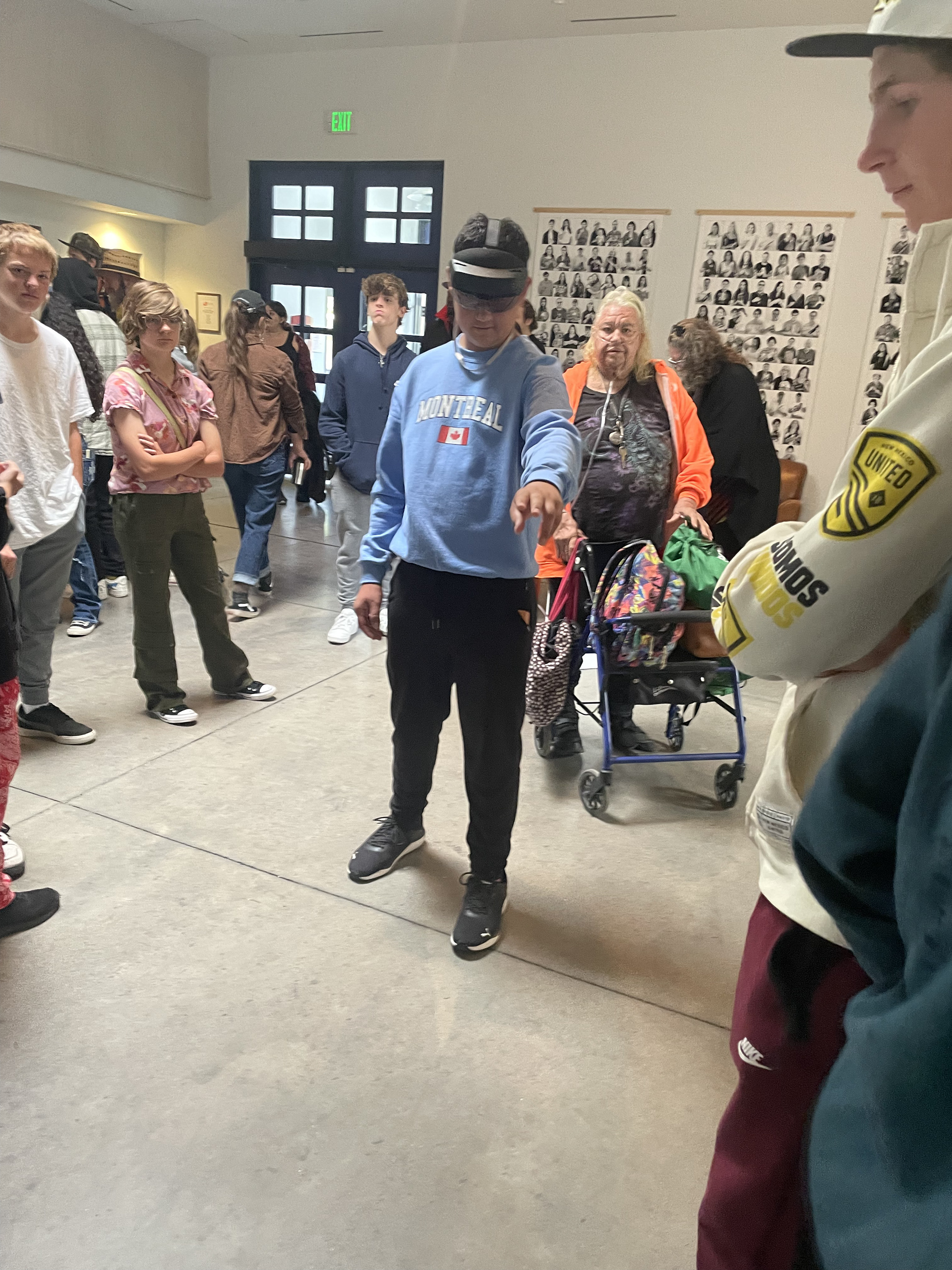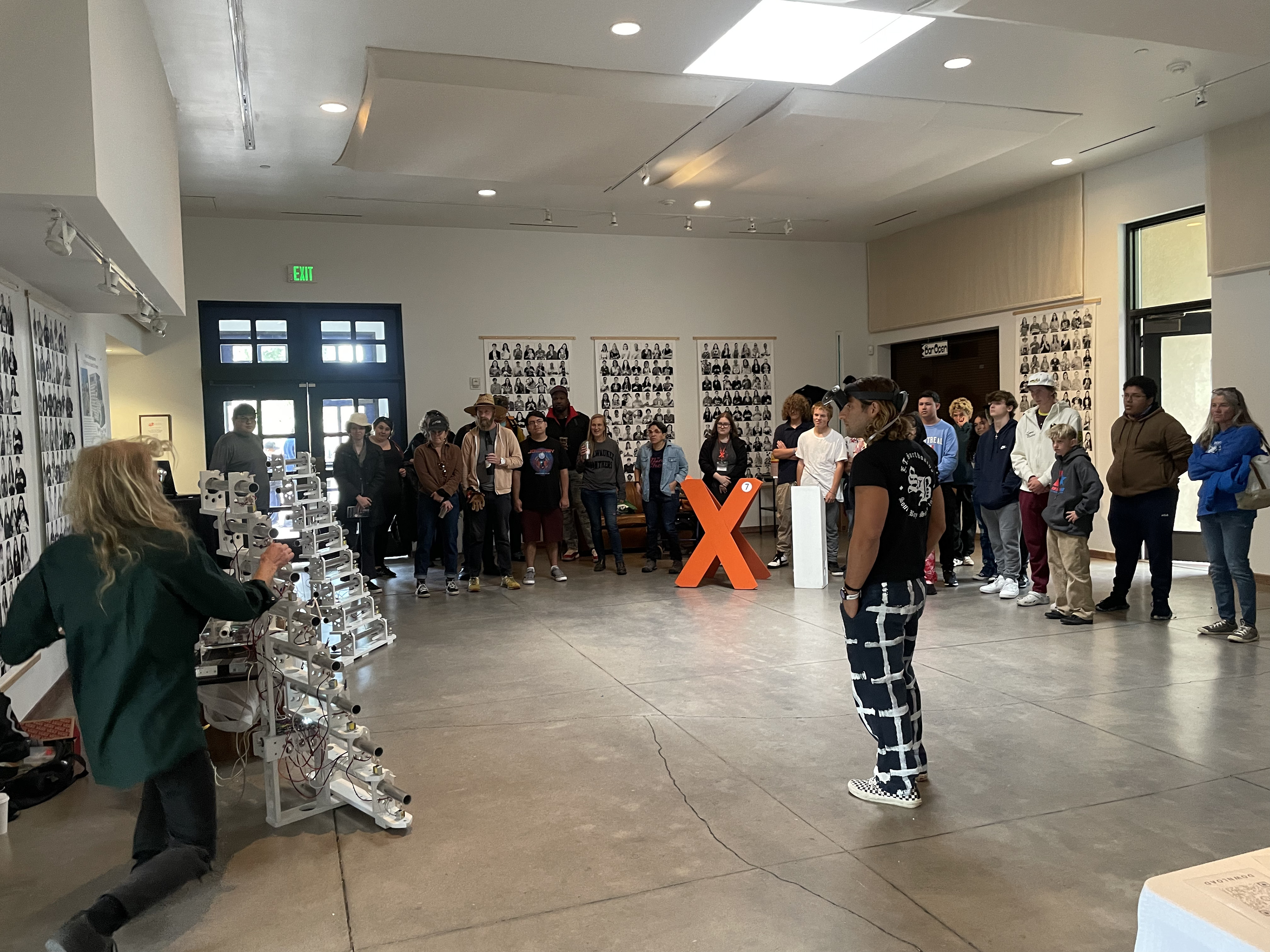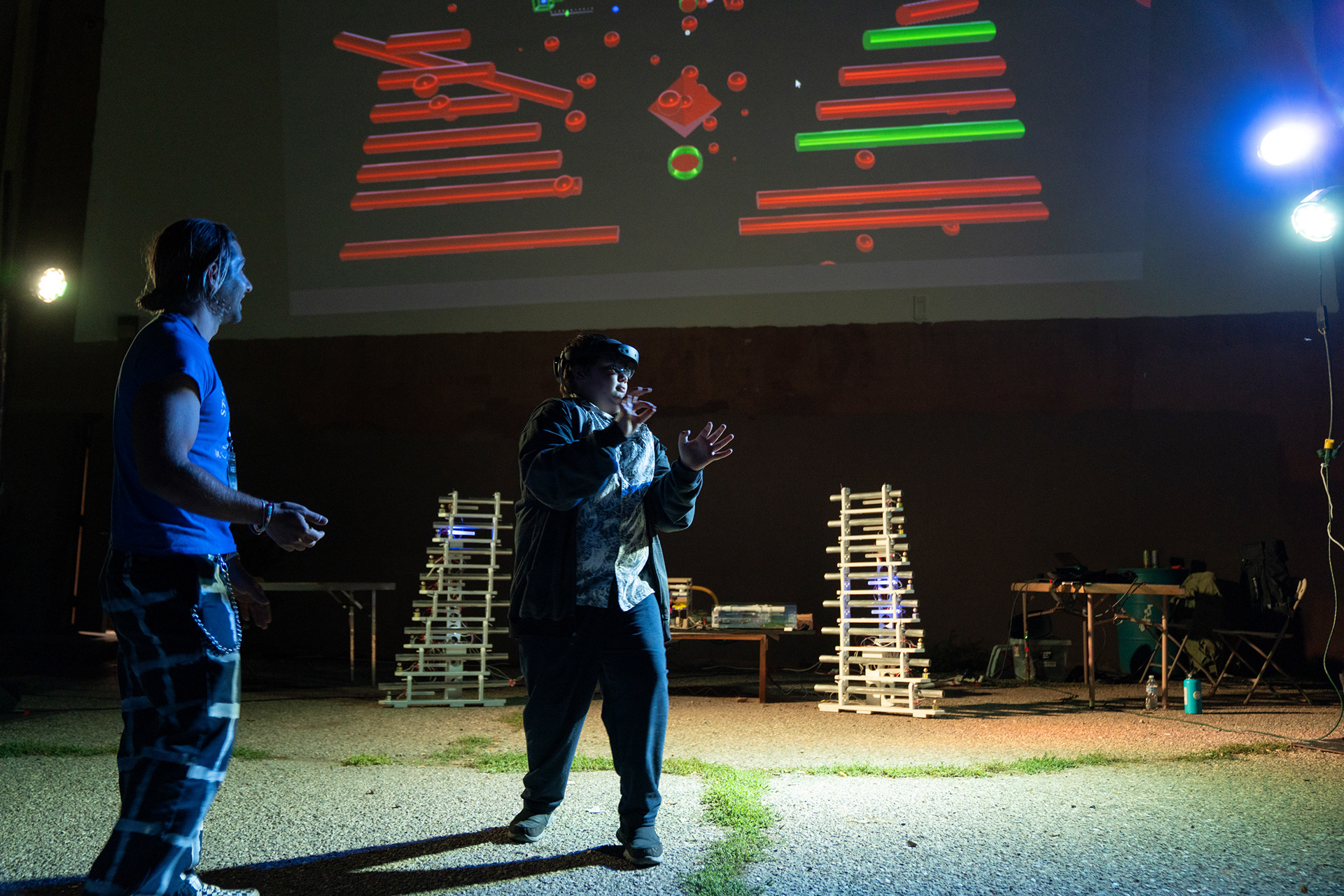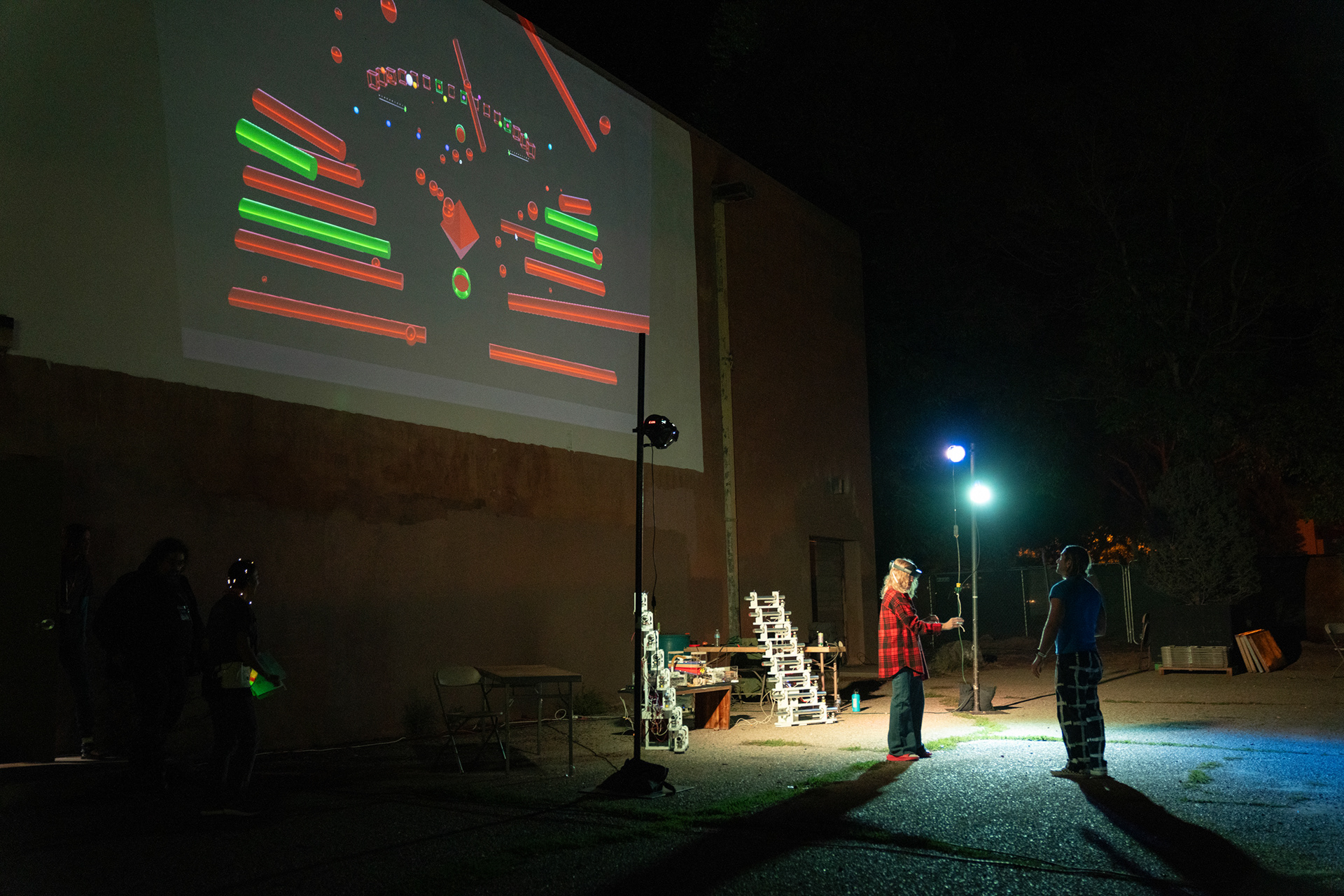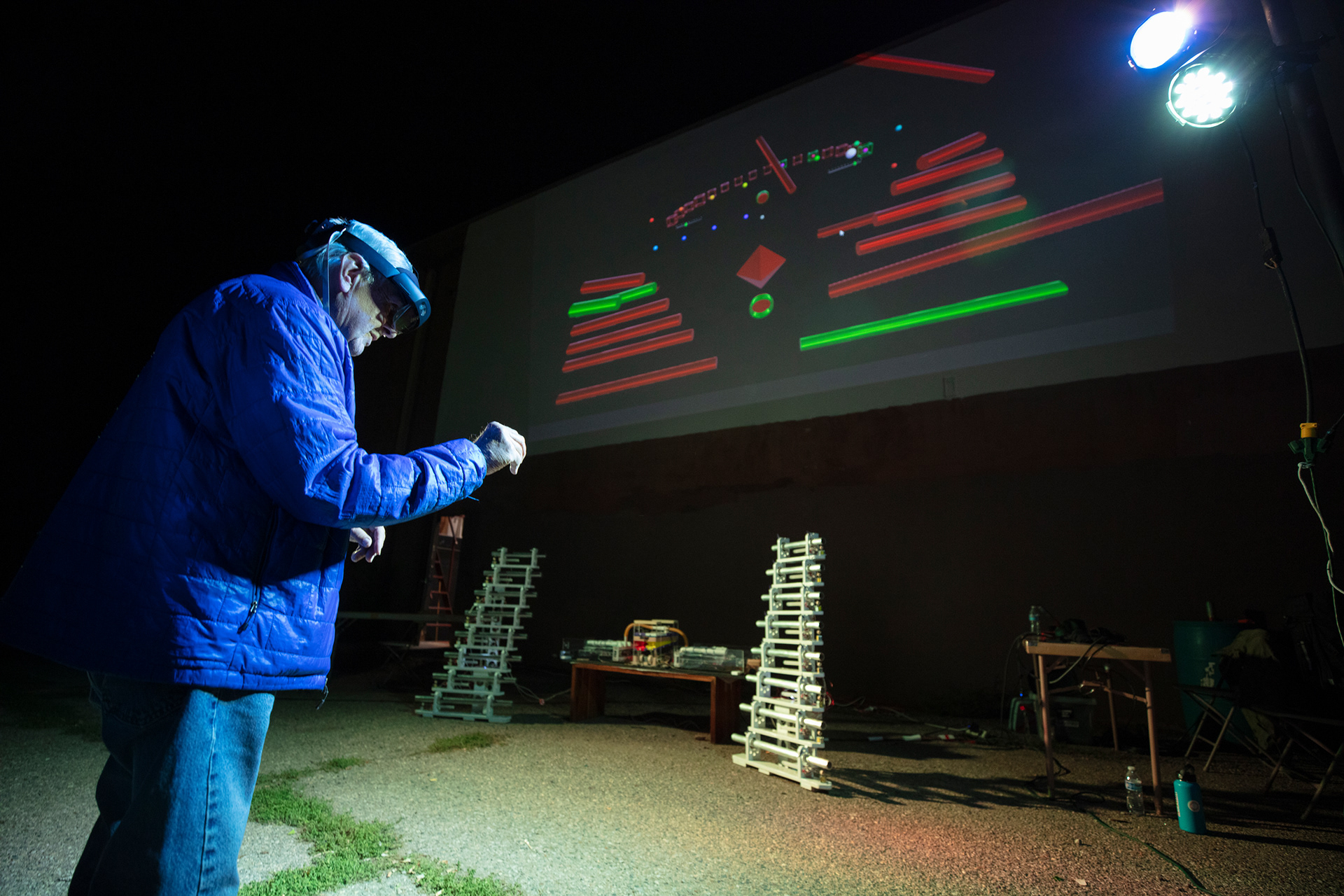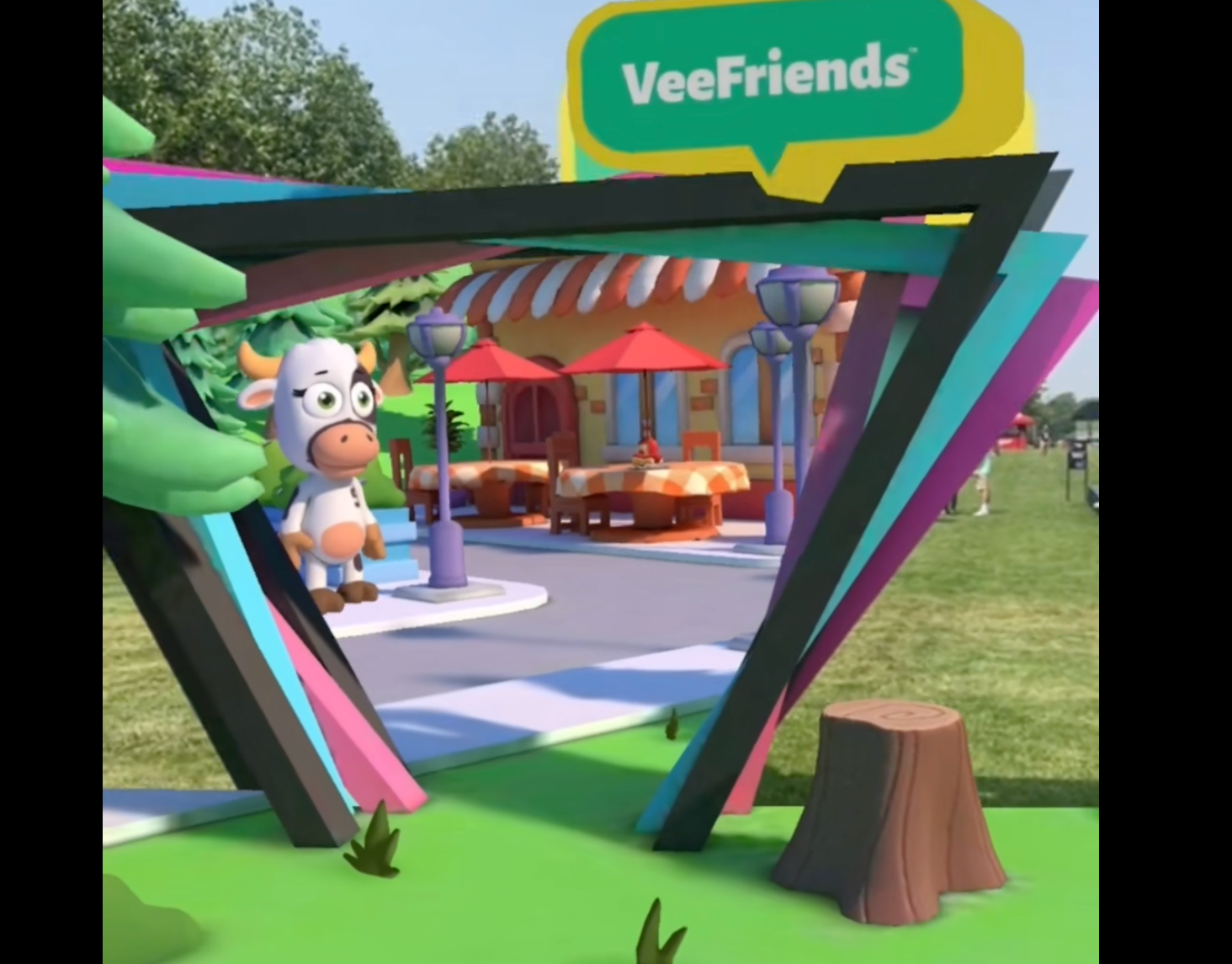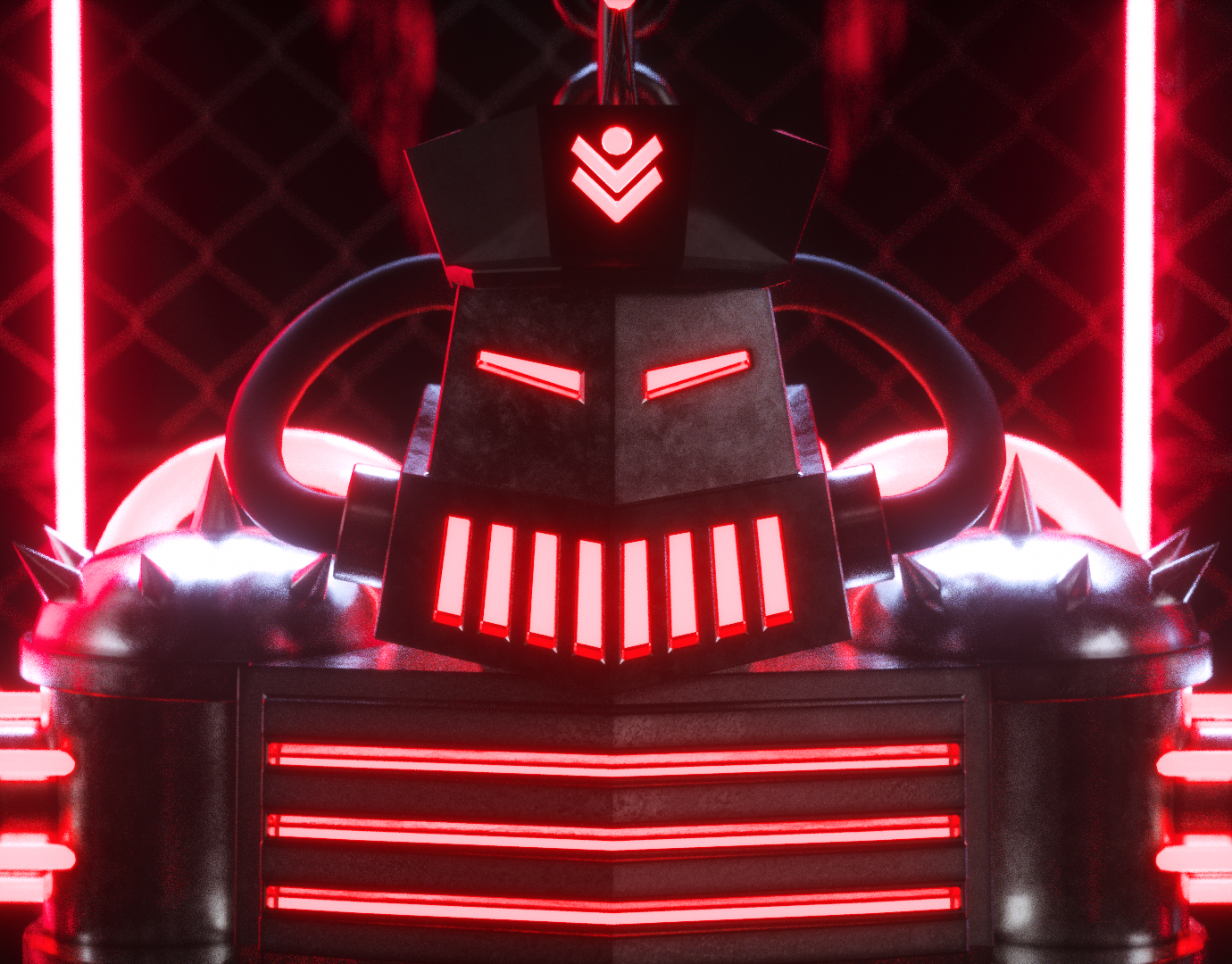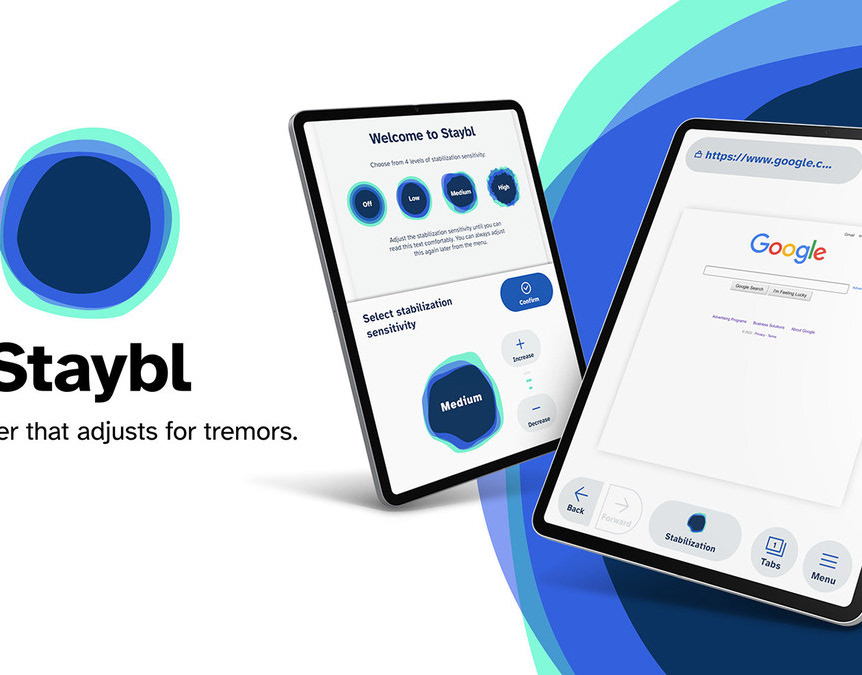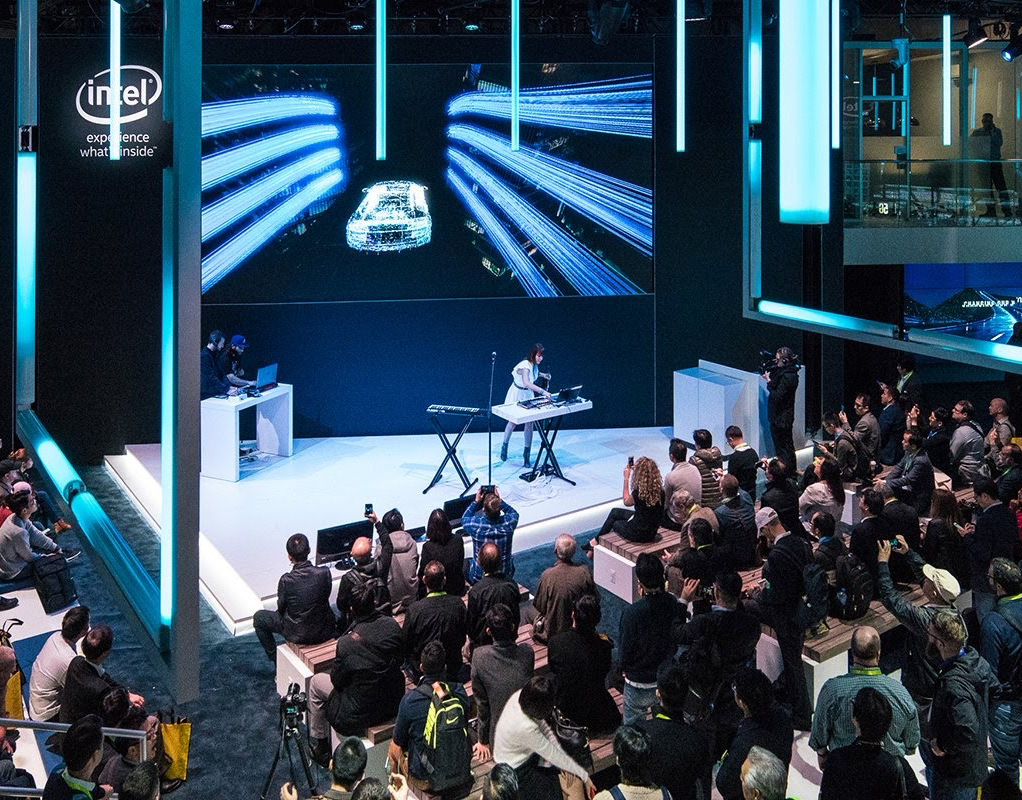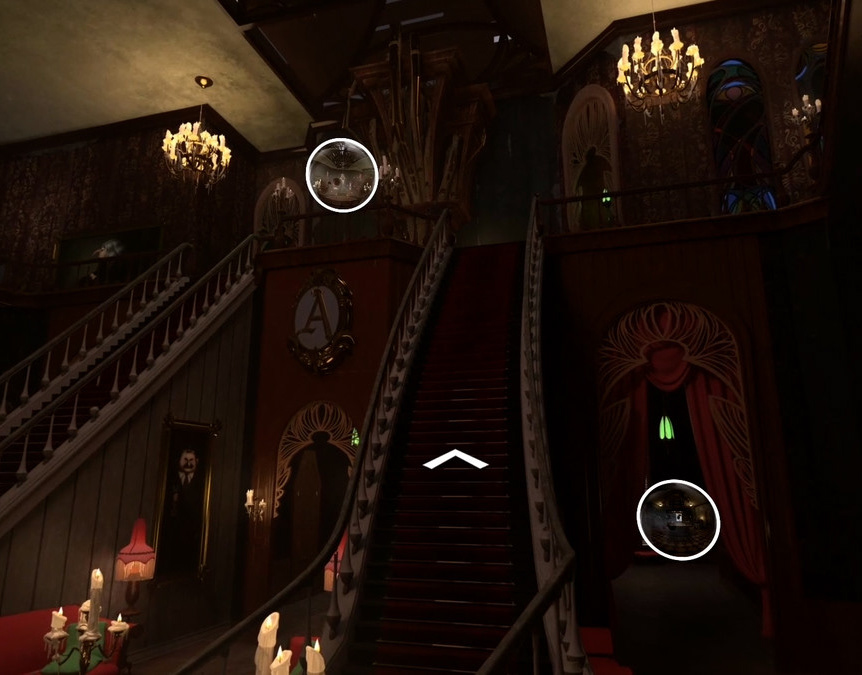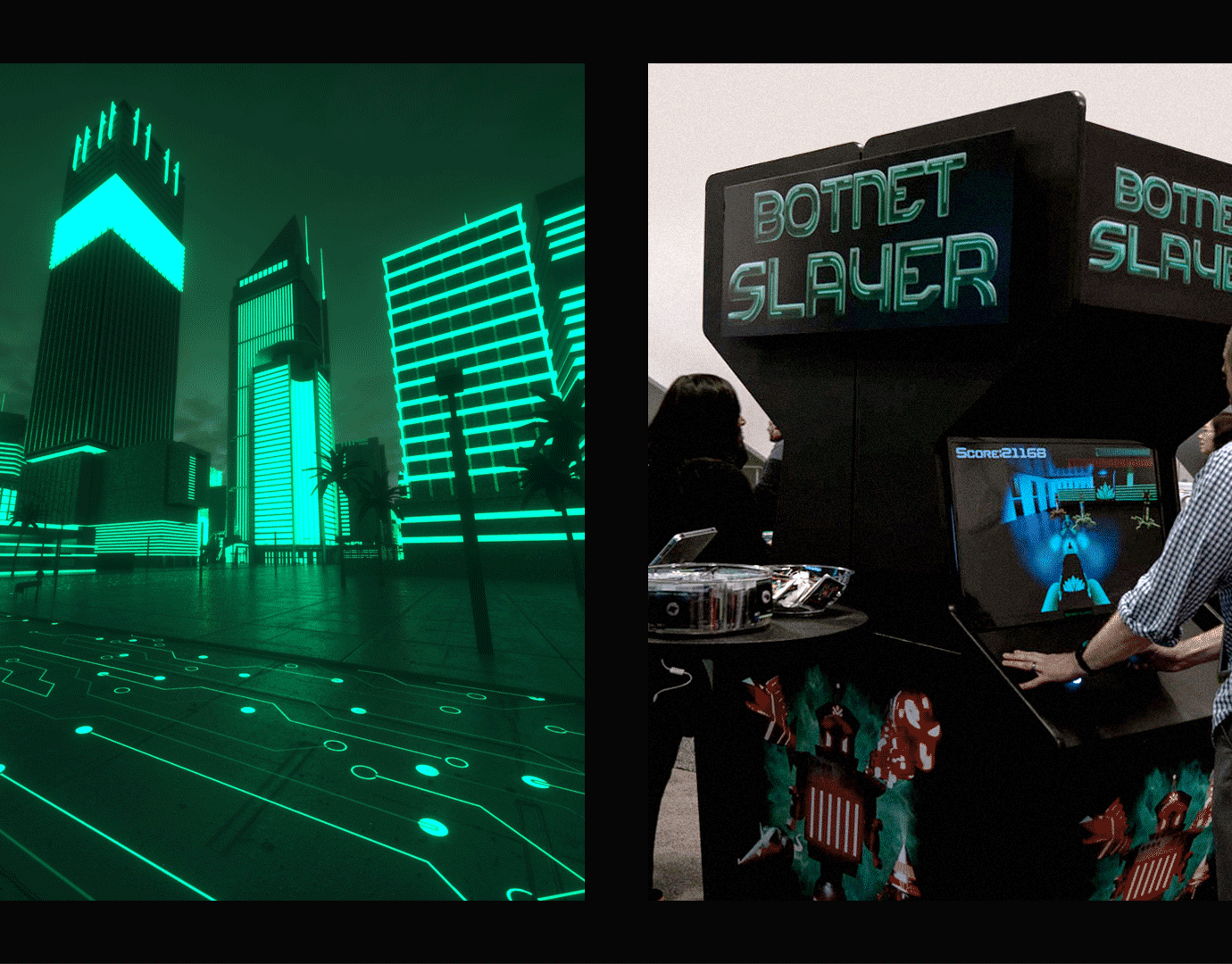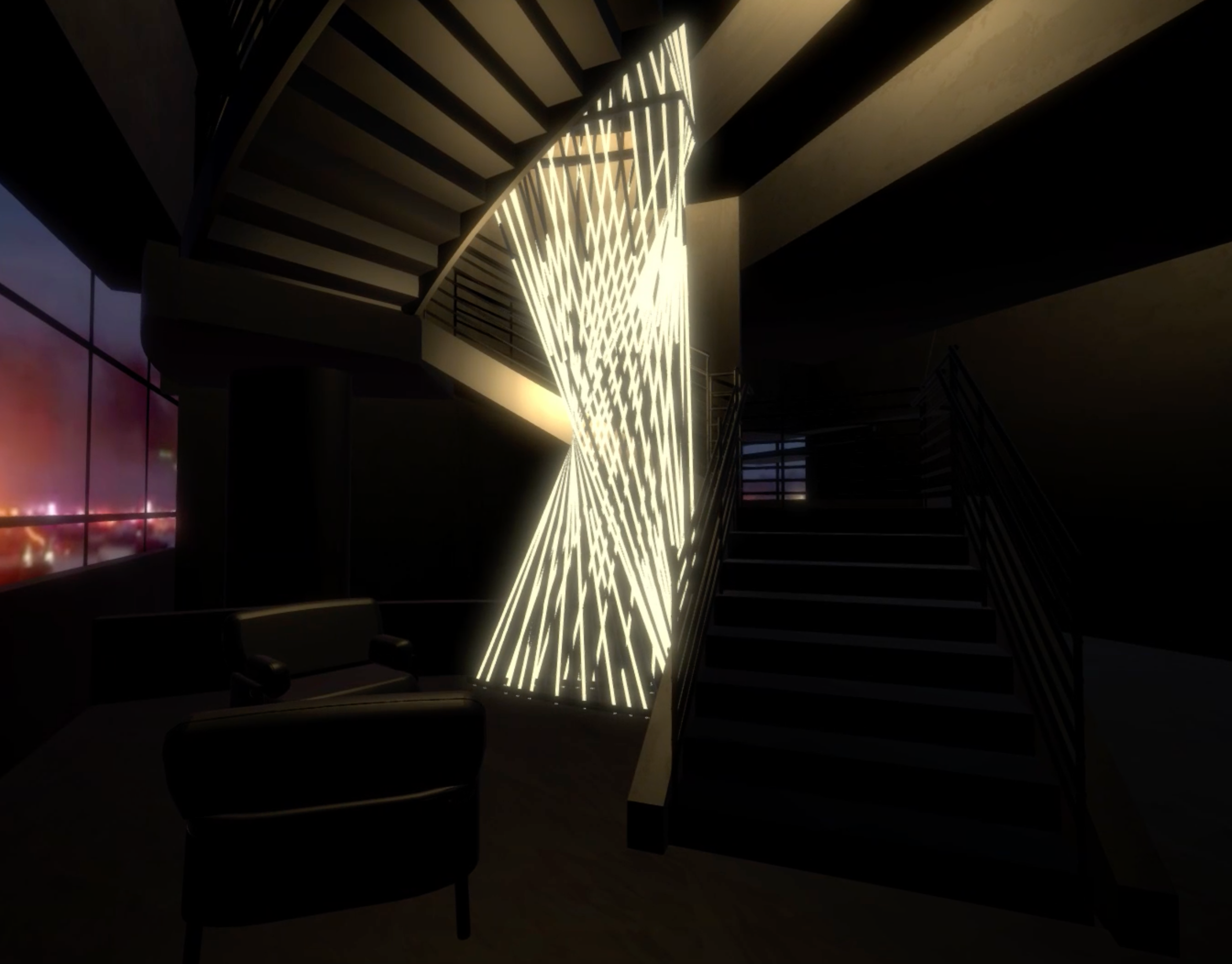Tools: Unity, Hololens 2, MIDI, PUN/Photon, MaxMSP
Mixed Reality Musical Instrument Created in Unity3D
Role: Lead Developer
Exhibitions: Paseo Project 2023, Speculum Artium 2022
Upcoming: Speculum Artium 2024
Links, Press: RTV SLO
Video: HAMCA User Experience
The Hologram Actuated Multiplayer Chime Array or "HAMCA" is two towers of tubular bells which are played by audience members through augmented reality and hand tracking technology. The chiming of the bell towers calls audience members to put on mixed reality headsets and enter a holographic playscape and collectively make music. The visceral nature of acoustic instruments and video projection from the headsets work in tandem to share the experience with viewers not currently in the playscape. The HAMCA allows audience members to side step the learning curve of playing an instrument and let their musical imagination travel directly to the instrument, collaborating with others in the playspace and sharing the musical results with all in earshot. HAMCA hopes to subvert the isolationist tendencies AR/VR/XR technologies carry with them, by using these new tools to bolster the communal tendencies of music making.
As technology to capture the nuance of physical expressions with digital interfaces grows more sophisticated, the quixotic goal of balancing the immediacy of a mechanical connection and the flexibility of a programmable interface becomes more attainable. The Hologram Actuated Multiplayer Chime Array was created to explore these ideas. The HAMCA has two towers of eight aluminum tubular chimes horizontally hung to maximize their resonance. Tuned with musical collaboration in mind, the chimes are electro-mechanically struck by solenoids upcycled from a piano automation system. Up to 3 simultaneous players are able to access the HAMCA interface with XR headsets revealing a playscape of holographic objects.
Some of the holograms have a 1:1 connection to the chimes; touch these holograms and hear the striking of a chime. These holograms can be thought of like a key on a piano but a key which can be removed from the keyboard and placed anywhere in the physical space adherent to the desires of the performer. Alongside these “keys” are a collection of larger holographic structures and objects. These holograms are human scale reconstructions of various digital music tools which allow musical thoughts to be stored, repeated, manipulated, and layered. Commonplace to electronic musicians, but less frequently available to the acoustic performer, these tools allow the composition and performance of music beyond the capabilities of the performer’s physical body. The HAMCA was designed to give the experience of implementing these digital tools on an acoustic instrument in a collaborative way. As players explore the instrument, video displays will allow others to see a projection of the holographic realm as they hear the musical results resonating from the chimes, bringing viewers and players together for a shared experience.

